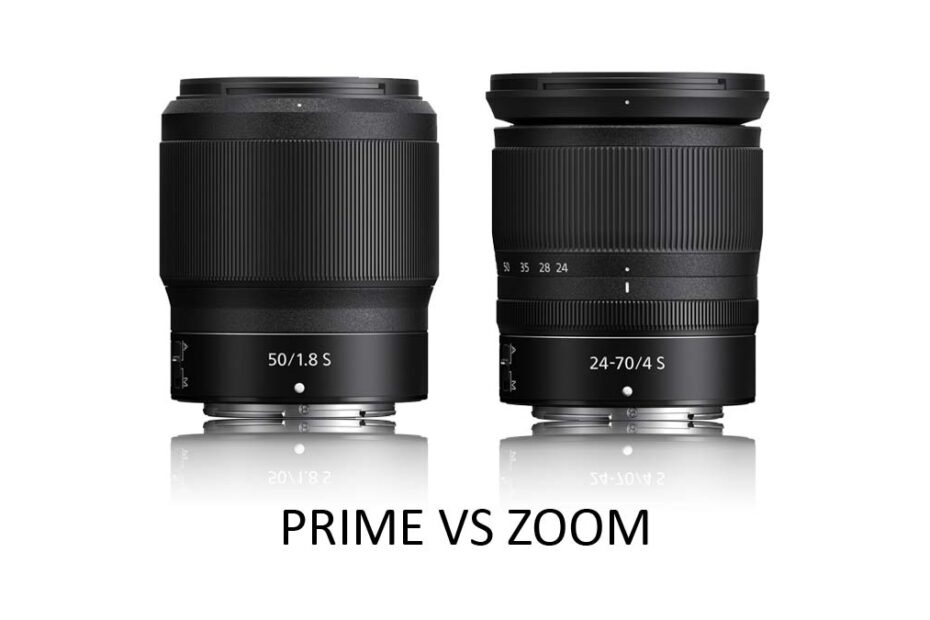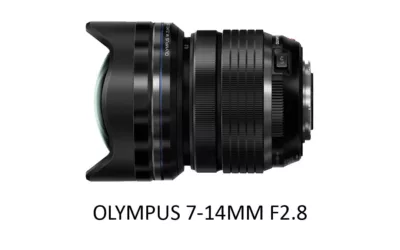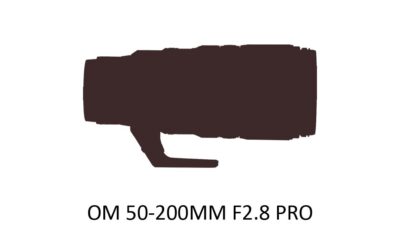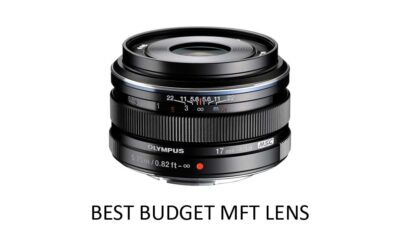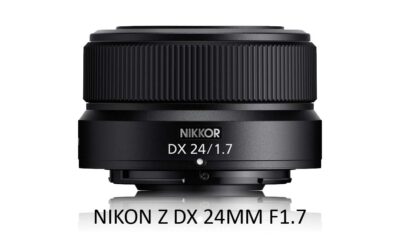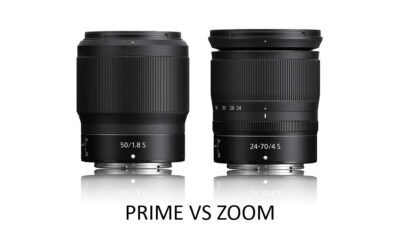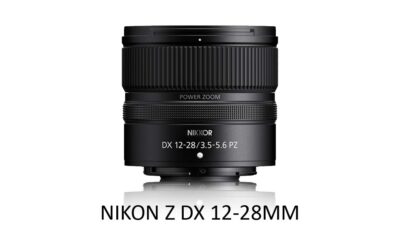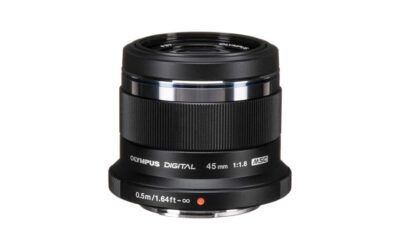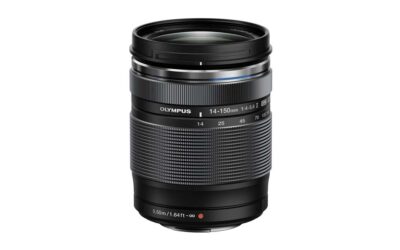Choosing between a prime vs zoom lens is not easy. On the one hand, zooms are supremely versatile – offering a wide range of focal lengths within a turn of the twist. But on the other hand, prime lenses are cheaper, sharper, and smaller.
In this Prime vs zoom comparison, we’ll explore the differences between zoom and prime lenses to determine which is best suited for your style of photography.
What are Prime lenses?
Prime lenses do not zoom. Instead, prime lenses are fixed at a single focal length, thus providing a singular angle of view. Therefore, walking your camera closer to your subject is the only way to ‘zoom’ with a prime lens. Read – What is Focal Length in Photography.
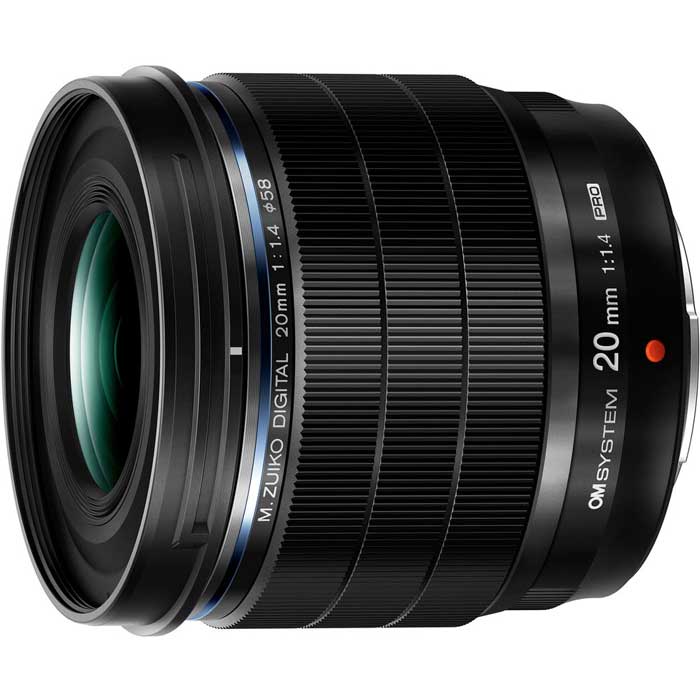
However, prime lenses do come with some profound benefits. First, they offer fantastic image quality – often at reasonable prices. And second, they tend to be much smaller than an equivalent zoom lens.
Therefore, prime lenses are optimal so long as you can control the distance between yourself and your subject. For instance, stepping toward or away from the person you photograph is easy when shooting portraits. In contrast, the direction a bird takes in flight takes is entirely out of your control, and you may need a zoom lens to keep up.
What are Zoom lenses?
Zoom lenses offer a range of focal lengths enabling you to move away or toward your subject without moving yourself. This can be hugely advantageous if your movement is restricted and you can’t move closer to your subject or your subject is in control of distance, such as a bird in flight.
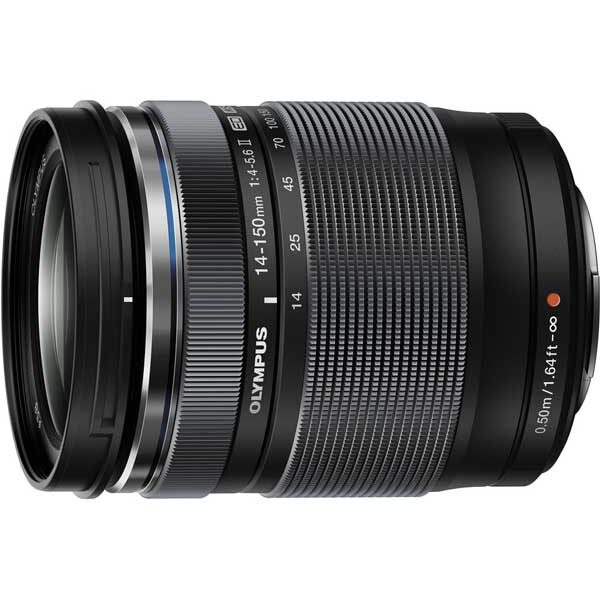
But more than that, zooms lenses are highly convenient. For instance, a single zoom lens can replace an entire bag of prime lenses. Nor do you have to change lenses to find the ideal angle of view for your shot. For these reasons, zoom lenses are a more popular choice – even in cases where a prime lens produces better results.
Prime vs Zoom Compared
Zoom vs Prime – Image Quality
Prime lenses deliver superior image quality since they are optimized for a single focal length. In contrast, a zoom lens is burdened by a more complex design and must balance image quality across its entire zoom range. For this reason, even the cheapest prime lenses can outperform more expensive pro-grade zooms by some margin.
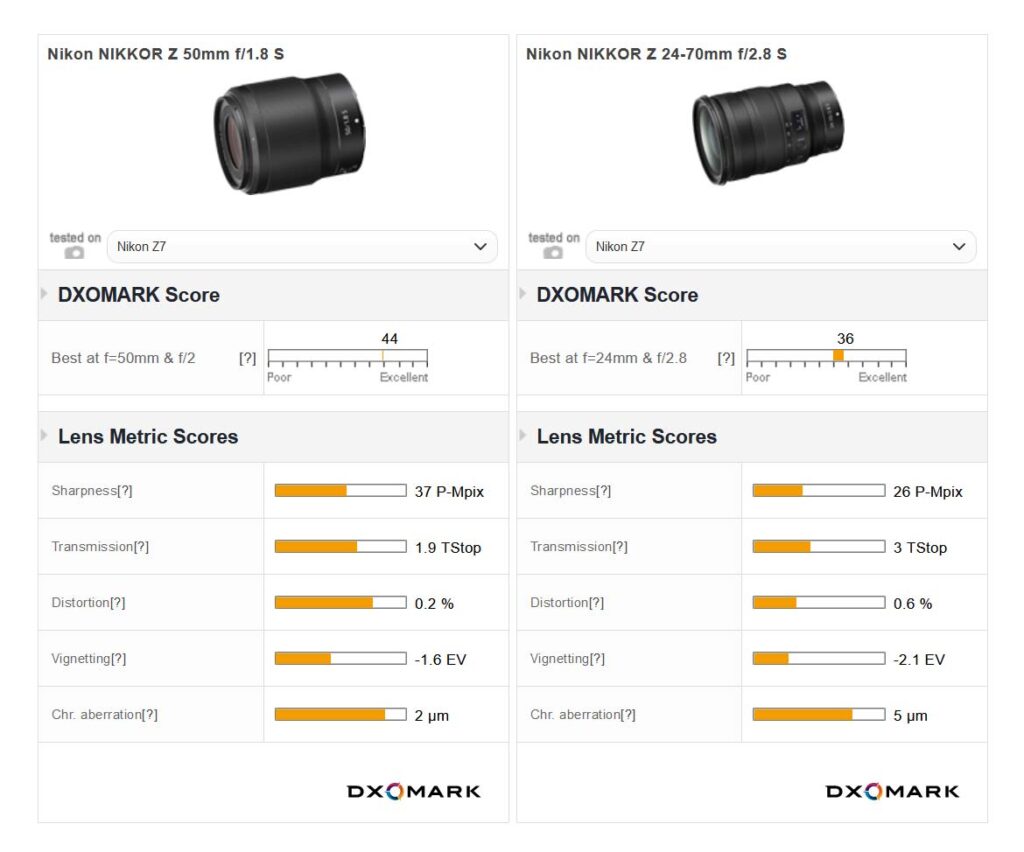
Therefore, buying an appropriate prime lens could represent an affordable yet significant upgrade if your photography demands specific focal lengths.
Prime vs Zoom for low-light shooting
Prime lenses tend to have much larger apertures than Zoom lenses, enabling them to pass more light to your camera’s sensor resulting in lower ISO and superior image quality. Read – What is Aperture in Photography.
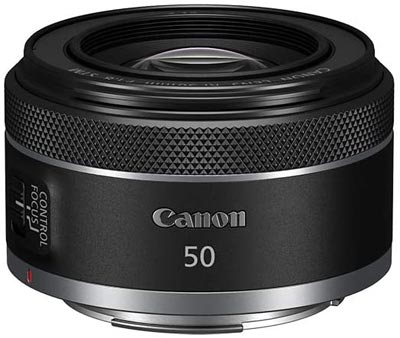
This is useful if you use fast, light-starved shutter speeds to capture blur-free images of moving subjects or shoot static subjects in low light without the stability of a tripod.
Prime vs Zoom for Background Blur
Because prime lenses have larger apertures, they can better blur backgrounds than zoom lenses. For this reason, prime lenses such as the 50 and 85mm are hugely popular for portrait photography.

Prime vs Zoom for Travel
Prime lenses are smaller and lighter than zooms because they are optimized for a single focal length. At the same time, a zoom lens needs space to expand and retract as you zoom toward and away from your subject. Furthermore, Zoom lenses often rely on more complex optical formulas and mechanisms and are heavier as a result.
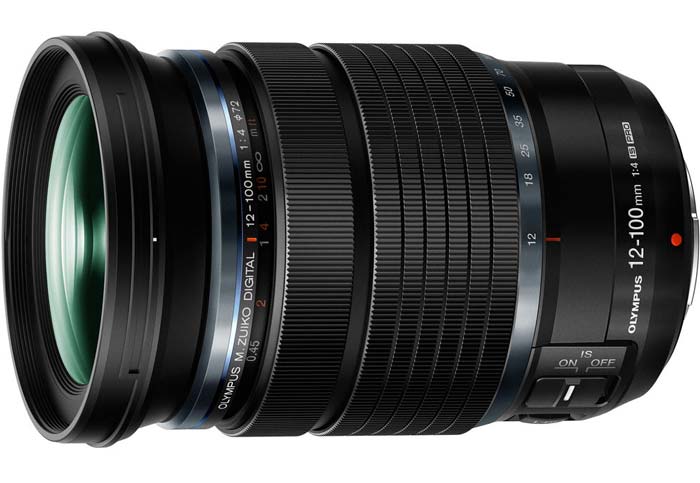
However, a single zoom can replace multiple prime lenses and, in such cases, offer a route to a lighter kit overall. This is particularly true of Travel Zooms, which pack huge zoom ranges into compact lenses – often at the expense of image quality.
Prime vs Zoom for Creativity
Both prime and zoom lenses present opportunities and barriers to creativity. For instance, a zoom lens will likely offer you the focal length that best suits your creative vision. However, such freedom can also stifle creativity as you are effortlessly guided toward lazy compositions.
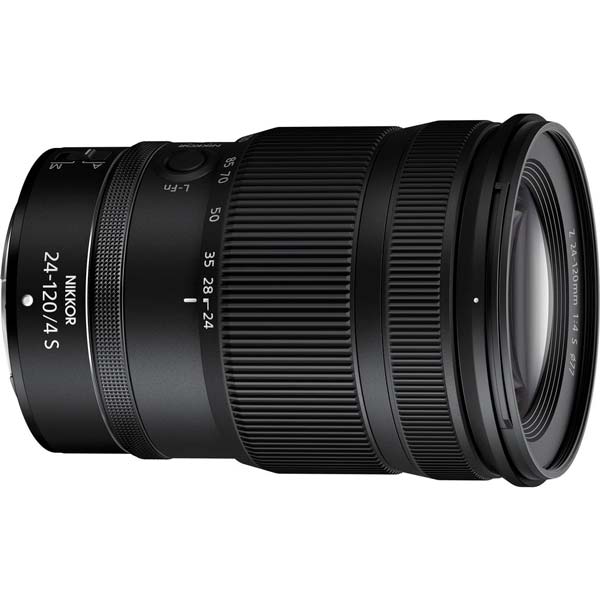
In comparison, the relative rigidness of prime lenses forces you to find unique angles and compositions, enabling you to present the familiar in unfamiliar and exciting ways. But, while constraint can lead to innovation, sometimes it leads to failure, and you are cursing your decision to leave your zoom lens at home.
Therefore, neither lens is inherently more creative than the other. But one may fit one moment of chaos better than the other.
Prime vs Zoom for Beginners
Primes and Zooms are equally suitable for beginners. If you only care about getting the shot – a zoom lens is a more reliable option. However, if you want to engage in photography as an art, the constraints of a prime lens will flex your creative muscles in ways a zoom will not.
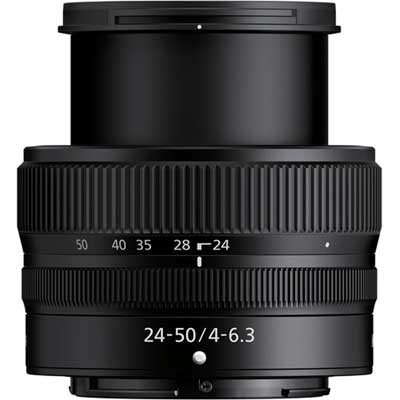
For the best of both worlds, I advise any beginner to buy a camera with a versatile kit lens and then supplement it with an affordable prime lens such as a 50mm. This way, you can bounce between a zoom lens’s practicalities and a prime lens’s superior performance without breaking the bank. Read – 35mm vs 50mm.
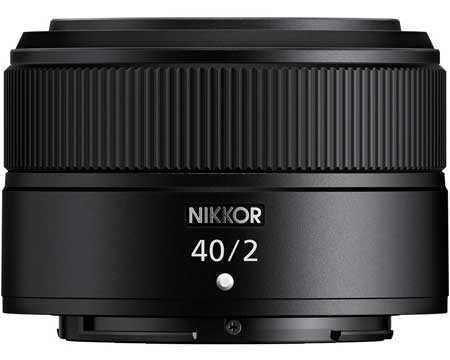
Prime or Zoom – My experience
My move into so-called serious photography began with a Nikon D40 and an 18-55mm kit lens. After a few years, I started reading articles such as this and agonizing over whether I’d be happy to trade the versatility of a zoom lens for the outright performance of a prime lens.
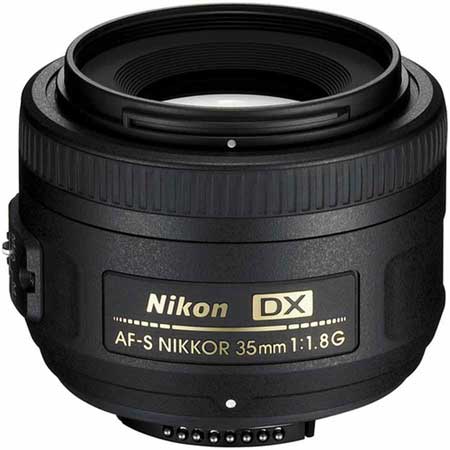
Going Prime!
Eventually, I decided to buy the Nikon AF-S DX 35mm F1.8G and what a revelation it was. First, the combination of image sharpness, superior contrast, and epic background blur was genuinely transformative, and my photos began to look more like those I aspired to take. But, I was more surprised at how I reacted to the fixed focal length.
Rather than lamenting the loss of a zoom, I became hooked on zooming with my feet and finding unusual angles – both of which are necessary when shooting primes. And it wasn’t just the results I was getting; it was the supreme satisfaction of the process that ultimately elevated photography from an outcome-based process to an outright hobby.
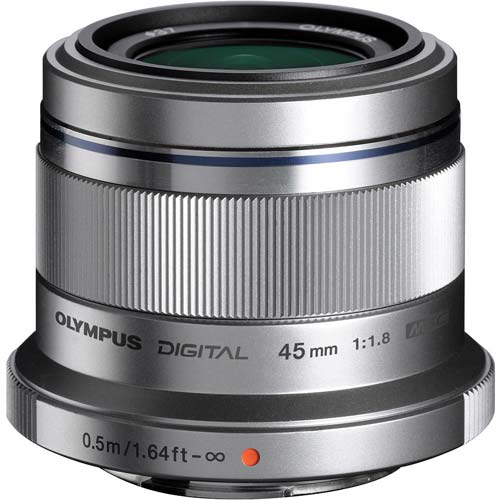
I still use Zoom lenses
Initially, I had expected my Nikon AF-S DX 35mm F1.8G to be a niche lens. Yet, it soon became my daily driver while my versatile kit Zoom stayed home, rotting away in my draw.
To this day, I still mostly use prime lenses for general everyday photography. My favorite everyday lens is a cheap 50mm lens or equivalent. But on special occasions, my 50mm lens is joined by an ultra-wide and telephoto zoom.
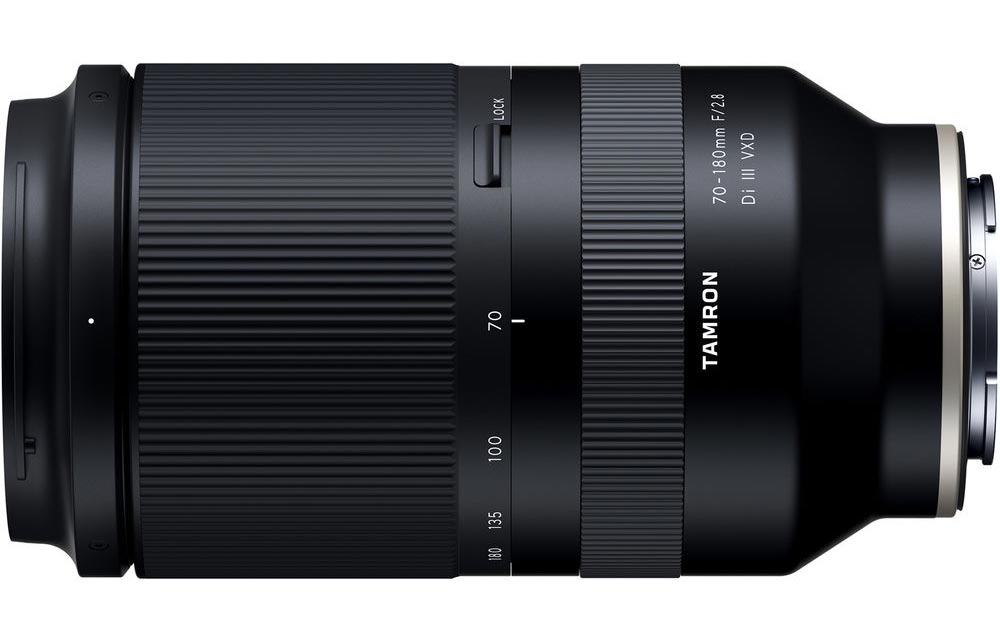
Zoom or Prime – which should you buy
Whether you buy a Zoom or Prime comes down to your photography. Specifically, it comes down to your ability to control the distance between you and your subject.

For example, if you shoot portraiture, you’ll have no trouble walking your camera and lens toward or away from your subject. Therefore, you might as well take advantage of what a prime lens offers. But, if you’re shooting a football game from the sidelines, a zoom lens’ ability to chase a player as they move up and down the field is invaluable.
You may also prefer Zoom lenses for outright convenience. While a single prime lens may be lighter than a zoom lens, a single zoom lens can replace a bag full of prime lenses leading to a more lightweight system overall. Furthermore, a zoom lens lets you jump focal lengths quickly. For instance, you can use a zoom lens to bounce swiftly between portraits and group photos without changing lenses or wearing out your shoes.
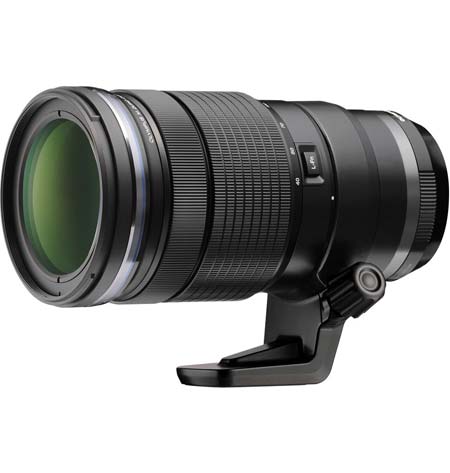
How to choose between a Zoom and Prime lens.
If you’re unsure whether to buy a prime or zoom lens, explore your photos and the focal lengths used to take them. For example, I found I was using my old 18-55mm lens at its extremes – thus, I could have easily exchanged my zoom for two prime lenses.
It’s much the same when I photograph birds in that I use whatever lens I have; I’m using it at its longest, most zoomed-in focal length – effectively wasting the rest of the lens. However, there is no rule of thumb, and your use case is unique.
Get Discounts on Photo Editing Software
Subscribe to my weekly newsletter and be notified of deals and discounts on photography software from ON1, Adobe, Luminar, and more. Spam Promise: Just one email a week, and there’s an unsubscribe link on every email.
Conclusion
Compared to zoom lenses, prime lenses are sharper, more compact, cheaper, and typically have larger apertures for superior low-light performance and background blur.
However, a prime lens can only be effective if you can control the distance between you and your subject. Thus, prime lenses are an excellent choice for portrait, landscape, and street photography.
But in cases where your subject controls the distance, such as a bird-in-flight or a participant in a sporting event, a zoom lens’s ability to chase down your moving subject will prove more critical than any disadvantage in image quality.
Likewise, a Zoom lens’s ability to access different focal lengths is supremely convenient. Yet, the freedom of a zoom lens can stifle creativity as it is all too easy to zoom your way to a predictable composition. In contrast, the rigid nature of a prime lens will challenge you to find compositions through unusual angles, potentially resulting in a more compelling photo.
Thus, switching to a prime lens could be hugely beneficial if you use your zoom lens repeatedly at the same focal lengths. Moreover, a prime lens may expand your creative envelope leading to your own unfamiliar take on familiarity.
Subscribe to my weekly newsletter and receive deals and discounts on photography software and gear. Subscribe now.
